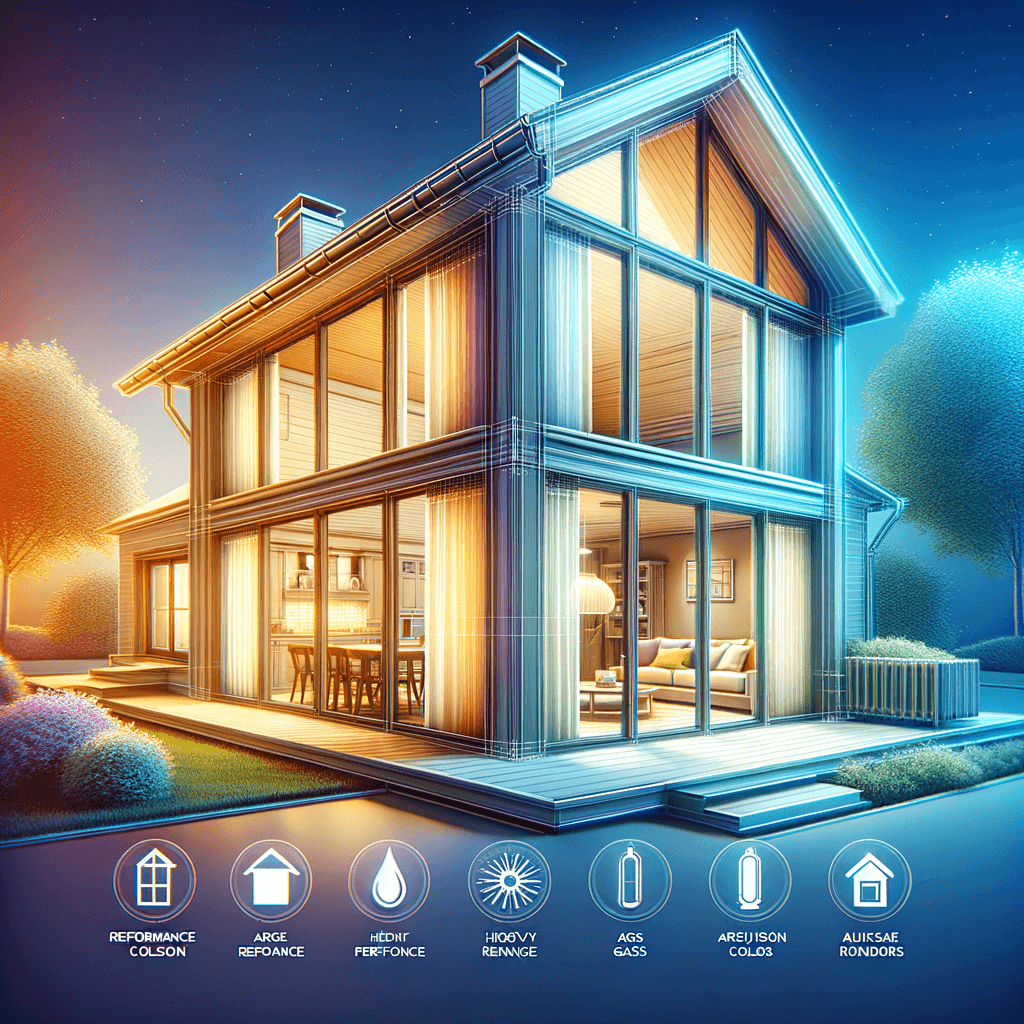
Argon Gas-Filled Windows: Enhancing Performance and Comfort in Modern Homes
By Total Care Windows Fri Oct 03 20257 minutes

Understanding Argon Gas-Filled Windows
Argon gas-filled windows represent a significant leap in window insulation technology. By filling the space between panes of glass with argon—a dense, inert gas—these windows minimize heat transfer and bolster thermal performance. This approach offers homeowners a compelling solution for reducing energy bills and maintaining a consistent indoor climate.How Argon Gas Improves Insulation
Argon is denser than air, which means it conducts less heat. When sealed between panes, argon acts as a thermal barrier, slowing the transfer of heat through the window. This effect is especially beneficial in climates with extreme temperatures, where maintaining interior comfort is a priority.“The invisible layer of argon between glass panes is a game-changer for both efficiency and comfort.”
Key Benefits of Argon Gas-Filled Windows
- Enhanced thermal insulation for reduced heating and cooling costs
- Improved sound attenuation compared to air-filled units
- Prevention of frost and condensation between panes
- Long-lasting performance when properly sealed
- Increased comfort due to minimized temperature fluctuations
Comparing Argon Gas-Filled Windows to Air-Filled Units
Choosing between argon gas-filled and traditional air-filled windows can be challenging. The following table outlines the main differences to help inform your decision.| Feature | Argon Gas-Filled | Air-Filled |
| Thermal Conductivity | Low | Higher |
| Sound Insulation | Superior | Standard |
| Condensation Resistance | High | Moderate |
| Energy Efficiency | Excellent | Average |
| Cost | Moderate | Lower |